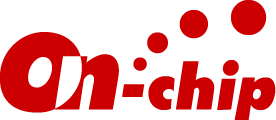- What types of lasers can be installed? How many fluorescent colors can be detected?
- Up to three lasers can be installed on On-chip Sort. Blue (488 nm) is required for light scattering, and up to two from red (638 nm), violet (405 nm) and green (561 nm) lasers, can be added. Up to six fluorescent colors can be detected on On-chip Sort. For more details, see sorter page.
- What liquids have been proven to be used as sheath fluids?
- Medium, PBS, seawater, fluorinated oil, etc.
- What formats are available for data output?
- Data can be exported in PDF, CSV, FCS (Analysis with FlowJo) , and other formats.
- What are some of the proven samples?
- In addition to regular cell samples, we have experience with a wide variety of samples, including stress-sensitive samples such as sperm, protoplasts, and nerve cells, large samples such as spheroids, and W/O droplets, taking advantage of the ability to use oil as the sheath fluid.

